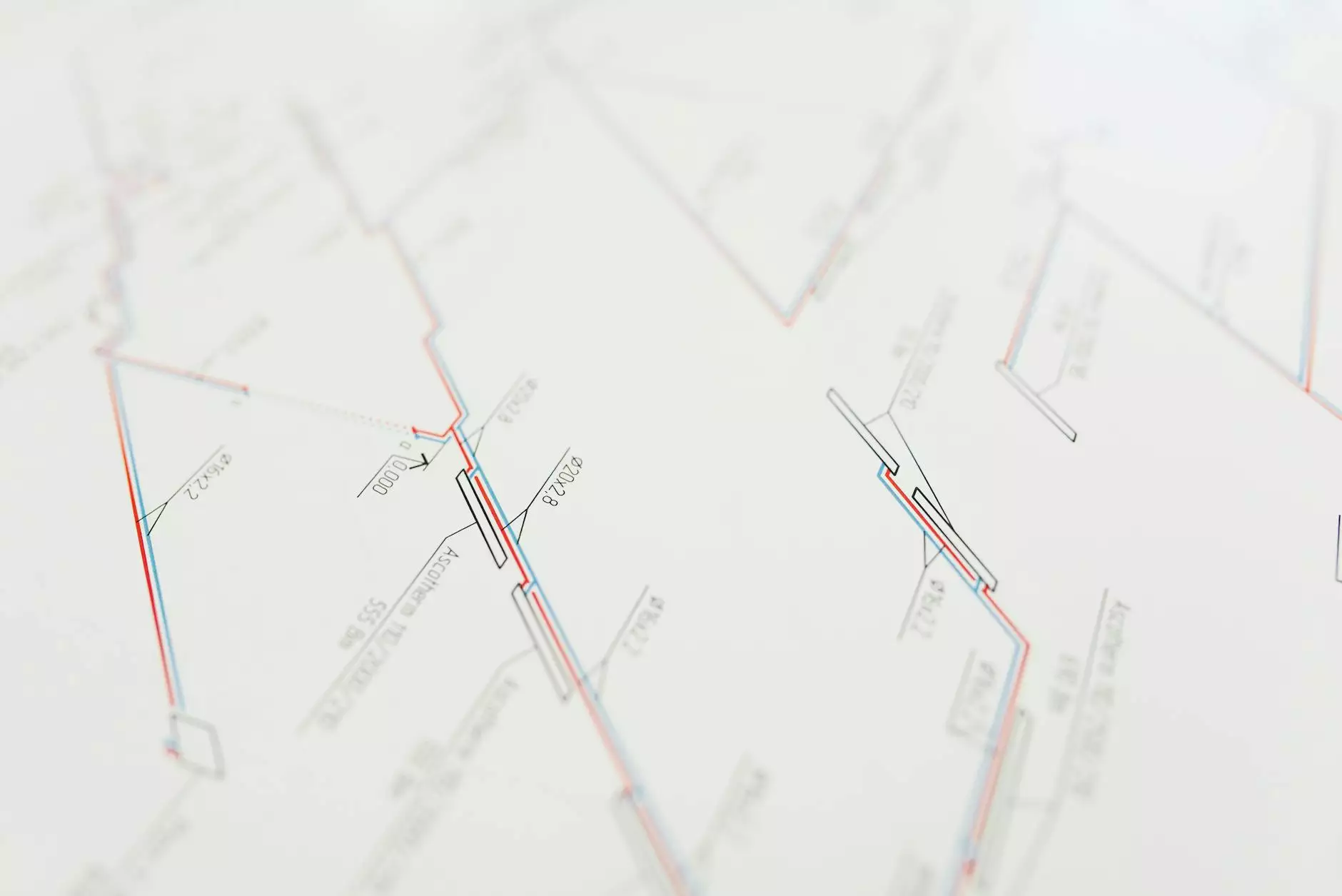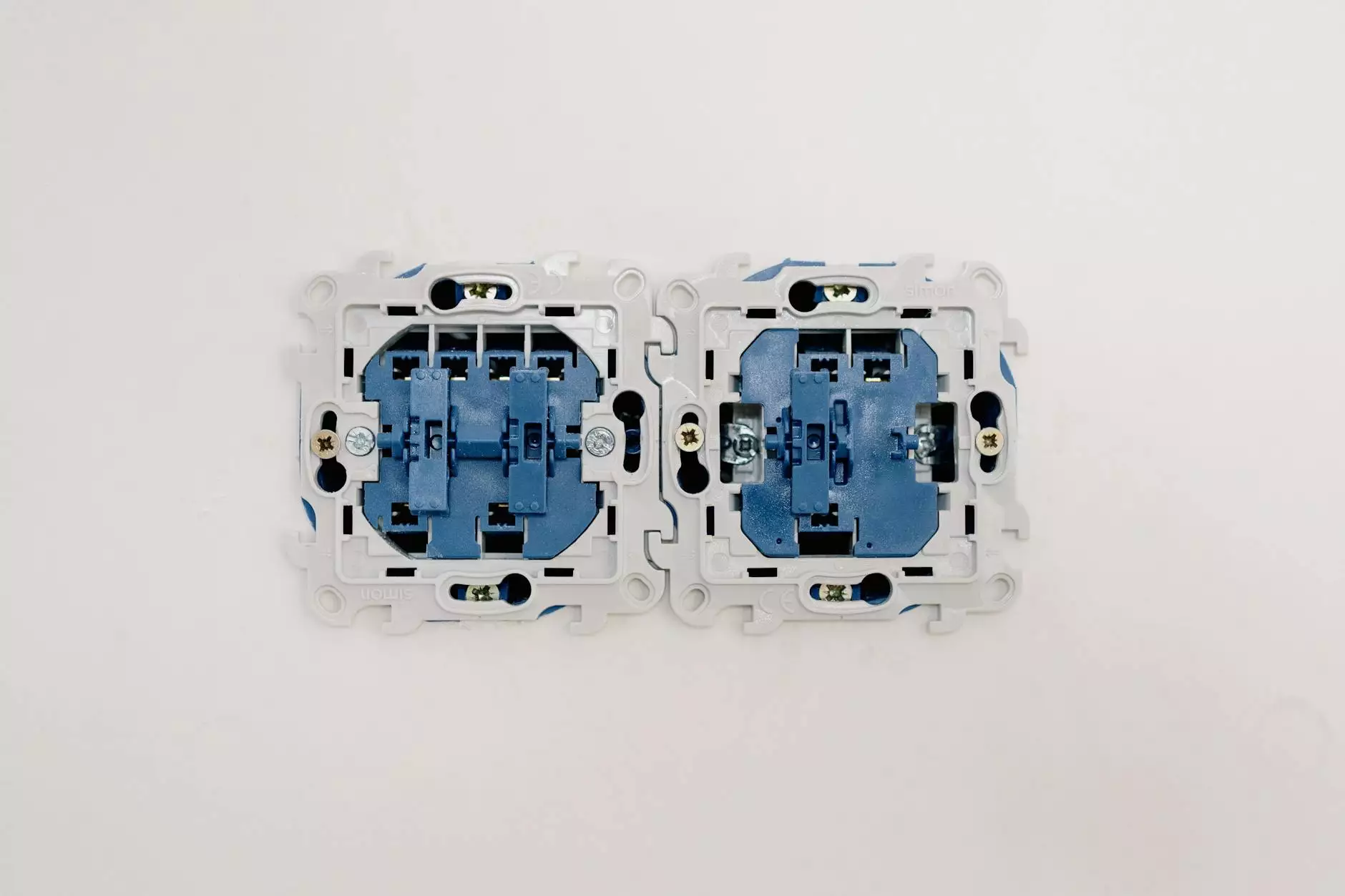Wave vs Modified Wave Scheduling
Business and Consumer Services
As a crucial aspect of efficient operations in business and consumer services, scheduling systems play a pivotal role in managing appointments and ensuring smooth workflow. In the realm of website development, two commonly used scheduling methods are wave scheduling and modified wave scheduling. Understanding the nuances and differences between these systems is essential for optimizing patient appointments and enhancing overall operational efficiency.
What is Wave Scheduling?
Wave scheduling is a scheduling approach where all appointments are grouped into specific time slots, typically at the start of each hour. This method allows for a steady influx of patients at regular intervals throughout the day, creating a predictable flow of appointments. The key principle behind wave scheduling is to maximize efficiency by minimizing gaps between appointments and ensuring continuous patient engagement.
Disadvantages of Wave Scheduling
While wave scheduling offers several benefits such as streamlined operations and reduced wait times for patients, it is important to acknowledge its drawbacks. One of the disadvantages of the wave scheduling system is that it may lead to potential bottlenecks during peak hours, resulting in overcrowded waiting rooms and longer wait times for patients. Additionally, the rigid structure of wave scheduling may limit flexibility in accommodating urgent or unforeseen appointments, potentially impacting patient satisfaction and overall service quality.
Modified Wave Scheduling
Modified wave scheduling is a variation of traditional wave scheduling that incorporates elements of flexibility and adaptability. In this system, appointments are still grouped into predefined time slots, but additional buffer times are allocated between appointments to account for unforeseen delays or urgent patient needs. This hybrid approach combines the efficiency of wave scheduling with the flexibility of traditional scheduling methods, offering a balanced and responsive solution for managing appointments.
Advantages and Disadvantages of Modified Wave Scheduling
Modified wave scheduling offers several advantages over traditional wave scheduling, including improved patient satisfaction, reduced waiting times, and enhanced operational flexibility. By incorporating buffer times between appointments, this system can better accommodate unexpected changes in scheduling and prioritize urgent cases without disrupting the flow of appointments.
However, it is essential to consider that modified wave scheduling may require additional coordination and monitoring to ensure optimal efficiency and avoid potential bottlenecks. Balancing flexibility with efficiency is a key challenge in implementing modified wave scheduling effectively, necessitating careful planning and ongoing evaluation of scheduling practices.
Open Hours Scheduling
Another scheduling system commonly used in the medical field is open hours scheduling, where patients are seen on a first-come, first-served basis without predefined appointment times. While this method offers immediate access to healthcare services and minimizes wait times for walk-in patients, it may also result in unpredictable wait times for scheduled appointments and challenges in managing patient flow effectively.
Conclusion
In conclusion, the choice between wave scheduling, modified wave scheduling, and open hours scheduling depends on various factors such as the nature of the services provided, patient preferences, and operational priorities. Each scheduling system has its advantages and disadvantages, and selecting the most suitable approach requires careful consideration of the unique needs and goals of the business or service provider.









